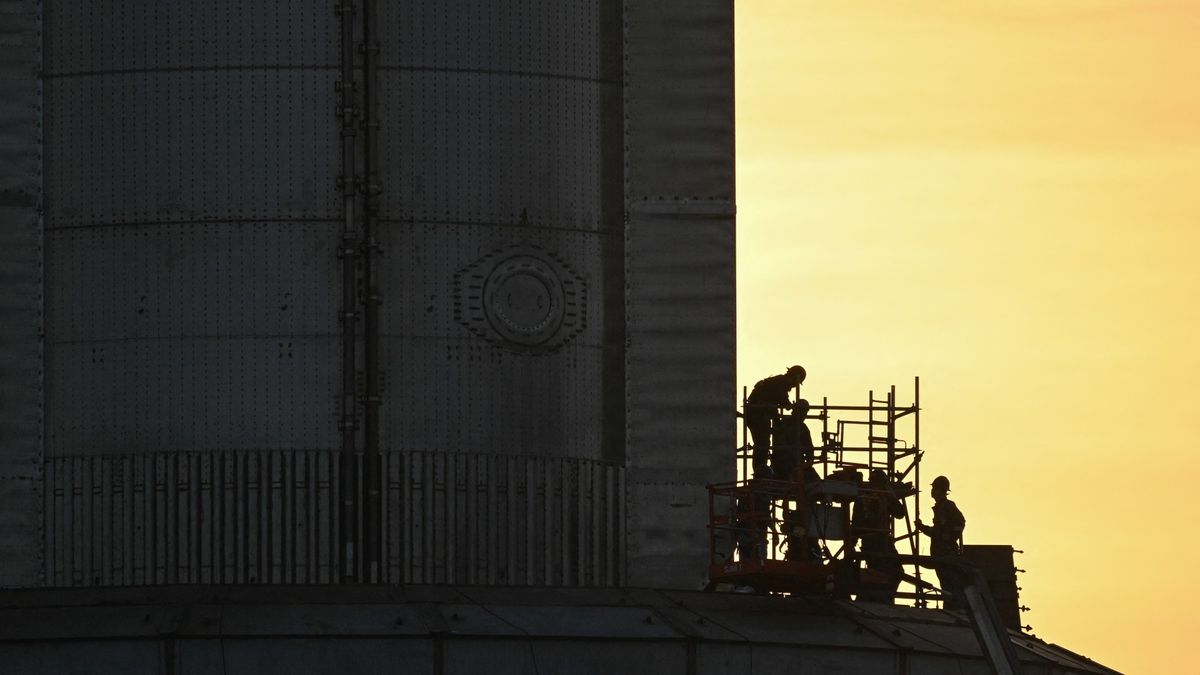They may stick with the one they have, but I'm kinda doubting it. The reason for dumping the ring on this flight was that it was detachable and expendable, and they had blown their mass budget by reinforcing the crap out of the booster. The methane tank has triple the number of internal stringers as prior builds. To make the landing, they needed to be lighter, and the staging ring was the natural candidate to be thrown off the island.Sounded like they had designed a better, lighter hot staging ring that would be reusable. I suspect it’s either not ready yet, or is a lot more expensive, so this jettison idea makes sense while they are still lofting test ships that they don’t plan to reuse.
Elon showed the following graphic at his April company presentation. Note the V2 and V3 boosters have a very different design which matches a Soviet implementation. I assume it must be created as part of the booster's top structure and cannot be built separately and then latched on top.
IFT-5 is going to be another V1 Starship, so I expect to see pretty much the same flight profile as IFT-4.



